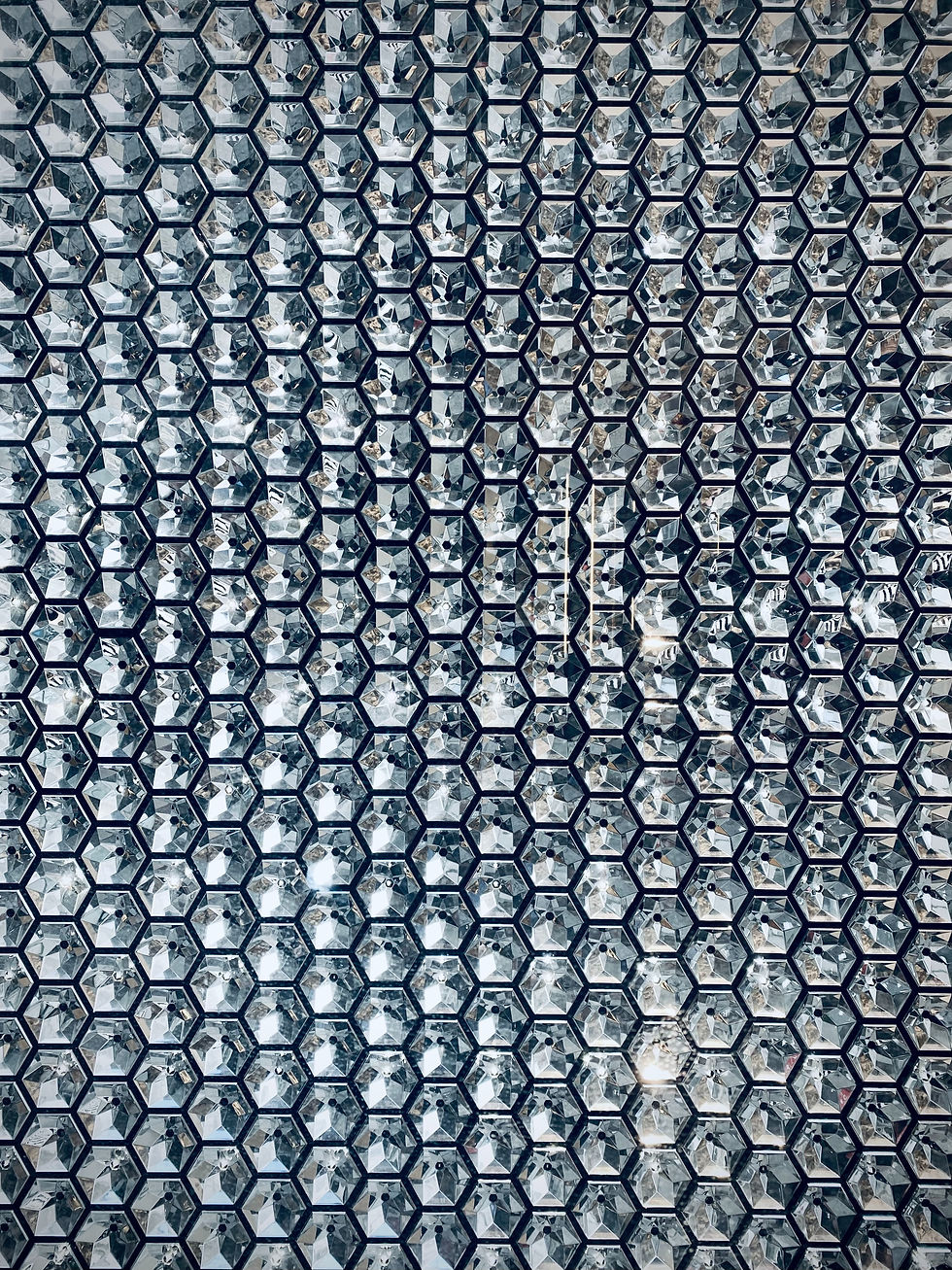Hublot launches the Classic Fusion Gold Crystal
- Epicurean Life
- Apr 20, 2020
- 2 min read
Updated: Nov 18, 2020
Hublot proudly presents the Classic Fusion Gold Crystal, a watch whose dial boasts the rarest form of gold on earth: gold crystal. Unique, delicate and flamboyant, the dial of the Classic Fusion Gold Crystal is decorated with gold crystal made from flakes of gold.

Like a precious work of art, which needs to be framed, the dial is fitted into the black ceramic case of a Classic Fusion Gold Crystal watch, available in 38 mm or 45 mm diameters. It houses the HUB1112 calibre, a mechanical movement with automatic winding and a 42-hour power reserve. A black alligator strap stitched onto rubber allows you to wear this rare object on your wrist.
Gold has always intrigued mankind. To understand this love of the yellow metal, you need to dig deep, deep in the history of time and our planet. Gold has been part of the Universe since shortly after its birth with the Big Bang. This means that all of the atoms on the Earth have been here since it was formed, some 4.6 billion years ago. A long time after, nearly 50 million years ago, auriferous veins appeared following the formation of mountain chains. Under the surface of the Earth, water wended its way, carrying with it mineral salts and metals that were deposited in conducive spots. These metals included gold. Hundreds of thousands of years ago, glaciers eroded the igneous rock that held these gold-bearing veins. Carried away by the water in rivers, the gold was then deposited on riverbeds.
When it is collected, the gold is in the form of flakes. The conditions required to form a crystal are very rare, and gold crystals scarcely occur in nature. This is where Hublot’s engineers come into play by giving gold its most exclusive form: gold crystal.

The Research and Development Department at the Hublot manufacture heats gold in the purest form possible—24 carats—to melting point, which creates emanations of gold that we could compare to steam carrying atoms of gold. These particles rise through this emanation, then set in a crystalline form when they reach the cold surface. They agglomerate there as crystals with completely random shapes that are never the same twice.
The master dial maker then delicately picks up the crystals to lay them on the dial, cluster by cluster. Only 20% of these crystals are kept. Once they have been sorted, they are very delicately placed by hand on a black dial then imprisoned in a fine transparent lacquer that took years to develop. This is a complex operation as it must be carried out in a vacuum to avoid any air bubbles appearing. The process is repeated again and again as twenty different layers of lacquer must be applied to completely hold the crystals. Then this plate just needs to be polished to make the lacquer invisible and give a perfectly flat surface.







Comments